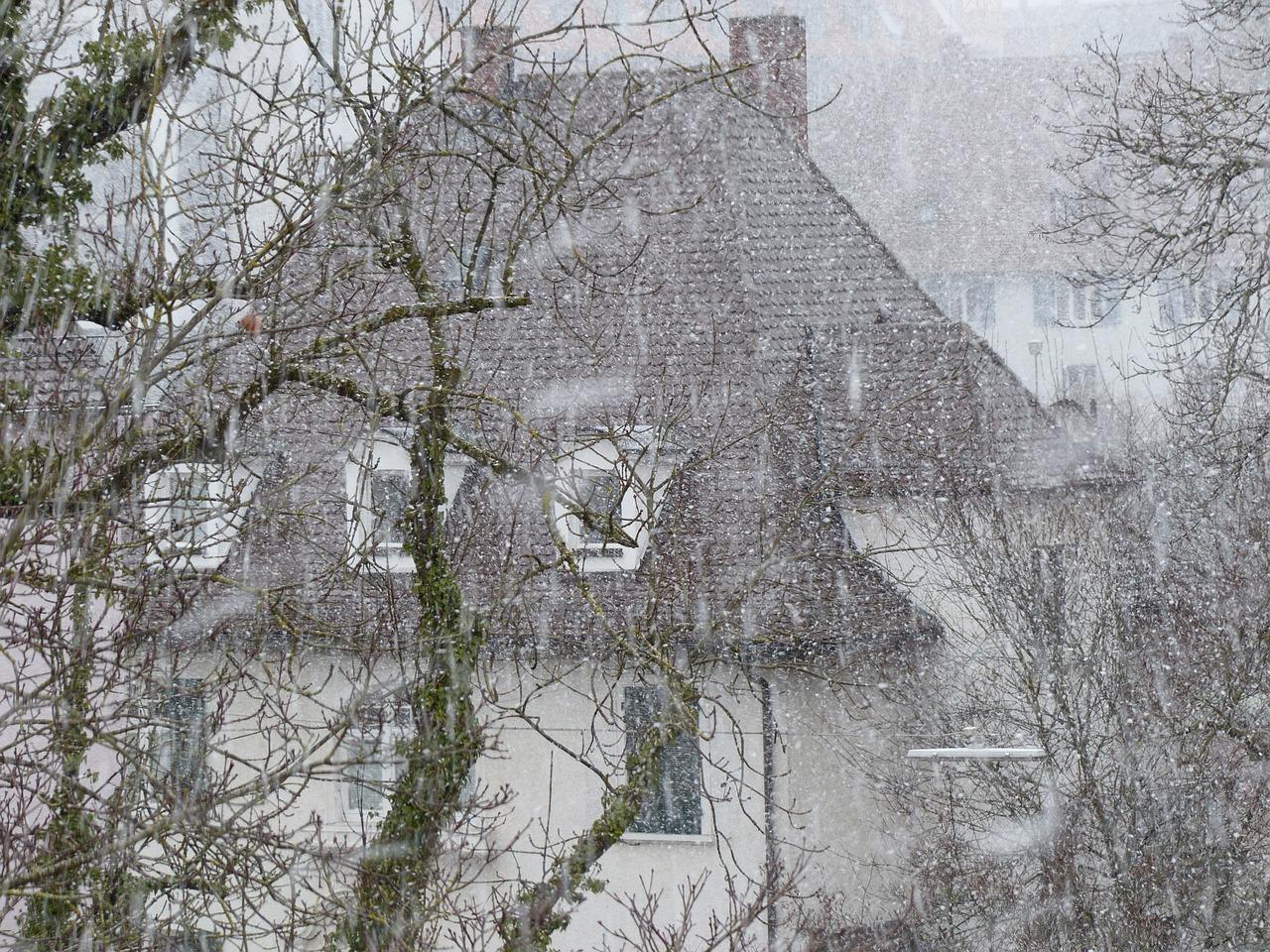Introduction
Hailstorms can cause significant damage to roofs, leading to potential leaks and structural issues if not addressed promptly. For homeowners in hail-prone areas like Denver, knowing the steps to take immediately after hail damage can prevent further problems and streamline the repair process. This article outlines essential actions to take right after a hailstorm to protect your home and ensure a smooth recovery.
Ensure Safety First
Check for Immediate Hazards
After a hailstorm, the first priority is to ensure the safety of your family and property. Check for immediate hazards such as broken windows, fallen tree branches, or power lines that may have been brought down by the storm. Avoid areas where there might be electrical hazards or structural damage.
Avoid the Roof
While it might be tempting to climb up and inspect the damage yourself, it’s important to avoid going onto the roof. The roof could be slippery and unstable due to hail impact. Instead, conduct a preliminary inspection from the ground using binoculars if necessary.
Document the Damage
Take Photos and Videos
Documentation is crucial for insurance claims. Take clear photos and videos of the damage from multiple angles. Capture any visible signs of damage such as dents, cracks, missing shingles, or damage to gutters and downspouts. Make sure to date the images to provide a clear timeline of when the damage occurred.
Keep Detailed Notes
Write down detailed notes describing the extent of the damage and any immediate steps you’ve taken to prevent further harm. This written record, along with photographic evidence, will be valuable when filing an insurance claim.
Prevent Further Damage
Temporary Repairs
To prevent further damage, take temporary measures to protect your home. Cover broken windows with plastic sheeting or plywood to keep out rain and debris. If there are leaks, use buckets to catch water and prevent it from spreading to other areas of your home.
Tarp Over Damaged Areas
If possible, use a heavy-duty tarp to cover damaged sections of the roof. Secure the tarp tightly to prevent it from being blown away by the wind. This can help minimize water infiltration until professional repairs can be made.
Contact Your Insurance Company
Report the Damage
Notify your insurance company as soon as possible to report the hail damage. Provide them with the documentation you’ve gathered, including photos, videos, and written notes. Early reporting can expedite the claims process and ensure timely assistance.
Understand Your Policy
Review your homeowner’s insurance policy to understand what is covered and what is not. Be aware of any deductibles, coverage limits, and specific requirements for filing a claim. This knowledge will help you navigate the claims process more effectively.
Hire a Professional Roofing Contractor
Find a Reliable Contractor
It’s crucial to hire a professional roofing contractor who specializes in hail damage repairs. Look for contractors with good reviews, proper licensing, and insurance. Avoid storm chasers contractors who go door-to-door after a storm offering quick fixes, as they may not provide quality work.
Get an Inspection and Estimate
Have the roofing contractor conduct a thorough inspection of the damage. They can identify both visible and hidden issues that need to be addressed. Request a detailed estimate for the necessary repairs and ask for a written contract that outlines the scope of work, materials to be used, and timeline.
Follow Up on Repairs and Claims
Monitor the Repair Process
Stay engaged with the repair process to ensure that the work is completed to your satisfaction. Communicate regularly with the contractor to address any concerns or questions that arise during the repairs.
Finalize the Insurance Claim
Work closely with your insurance adjuster to finalize the claim. Provide any additional information they may need and keep records of all communications and transactions. Ensure that all agreed-upon repairs are completed and documented before closing the claim.
Conclusion
Taking immediate steps after hail damage to your roof is crucial for preventing further damage and ensuring a smooth repair process. Prioritize safety, document the damage, prevent additional harm, contact your insurance company, hire a professional contractor, and follow up on repairs and claims. By acting promptly and efficiently, you can protect your home and expedite the recovery process, ensuring that your roof is restored to its full functionality and durability.



